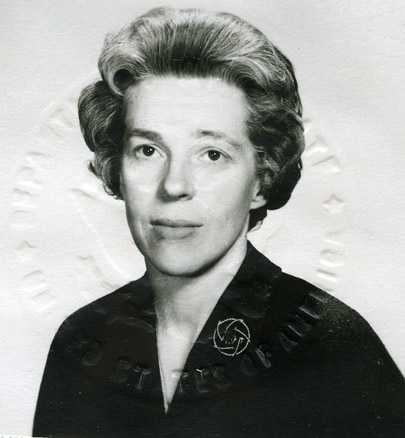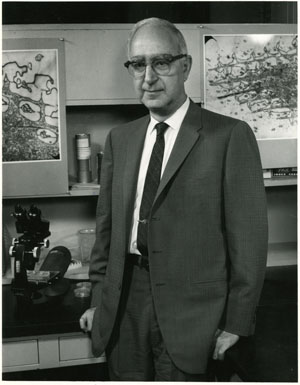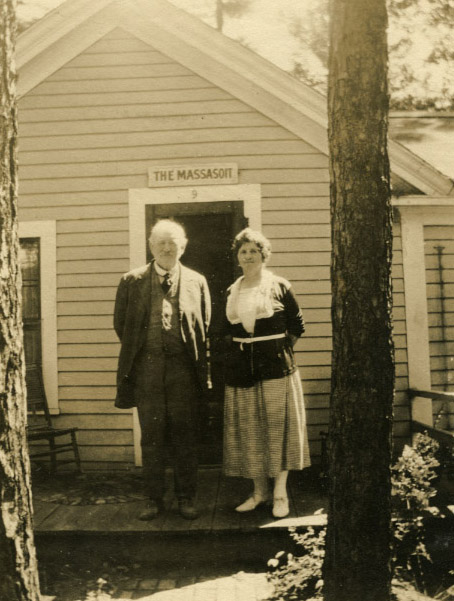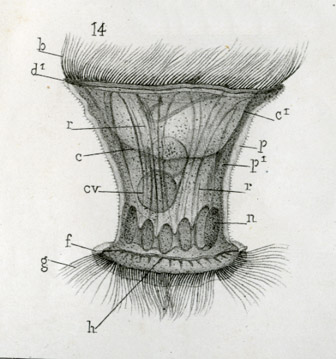Burgett-Irey Family Papers
Born in 1908 to Louis and Sarah Kessel Burgett, Katherine grew up on the family farm outside of Oquawka, Illinois. In 1924 her parents purchased their own farm in Monmouth, which they later lost due to the devastating impact of the Depression on agriculture, and it was there that she first met her future husband, Kenneth Monroe Irey, a student at Monmouth College. The newlyweds moved to New Jersey in 1931 where Kenneth was transferred for work. As a chemical engineer, Kenneth enjoyed a successful career and comfortably supported his wife and two children. Retiring in 1970, he and Katherine spent their later years pursuing two passions: traveling and bird-watching. Kenneth and Katherine’s eldest daughter, June Irey Guild, spent most of her adult life in Massachusetts where she has married twice, raised six children, and operated her own business. During her retirement years, June focused on preserving her family’s history by collecting letters and recoding family narratives.
The Burgett-Irey Family Papers chronicle the changes that many twentieth-century American families experienced as the nation descended into an economic depression, entered into a world war, and emerged as one of the most powerful countries in the world. The collection, which will continue to grow, includes approximately 65 letters between Katherine Burgett Irey and her family. Most of the letters exchange family updates, particularly precious after Katherine relocated to New Jersey. Among the earliest letters is an account of Katherine and Kenneth’s first meeting described as “fast work,” since he asked her out on the spot. Also included are autobiographical writings by Kenneth describing his cross-country trip to California in 1927 and a brief history of his life and career.


 A number of student publications have been digitized and are indexed in
A number of student publications have been digitized and are indexed in 

